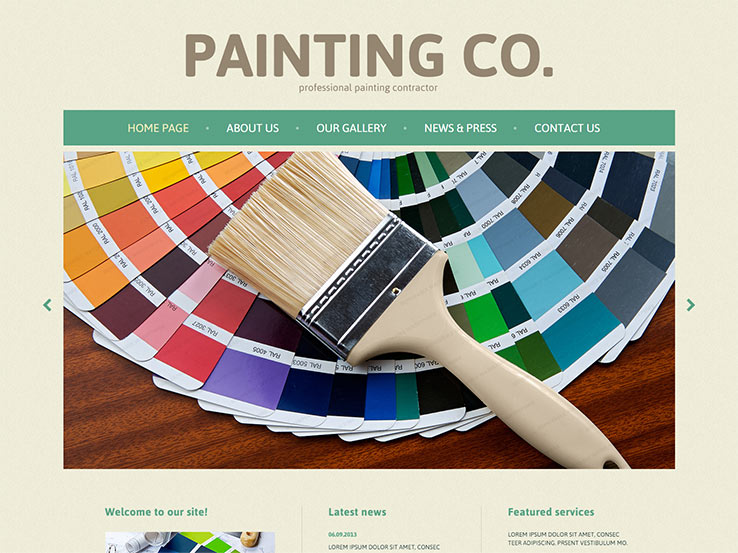Understand Just How Seasonal Conditions Affect The Success Of Industrial External Paint And Learn The Suitable Periods To Guarantee Lasting Outcomes For Your Task
Understand Just How Seasonal Conditions Affect The Success Of Industrial External Paint And Learn The Suitable Periods To Guarantee Lasting Outcomes For Your Task
Blog Article
https://www.westsiderag.com/2023/02/11/weekend-column-robert-beck-paints-in-dublin-house-a-splendid-irish-bar Produced By-Burnham Rodriquez
When you're preparing a business external painting project, seasonal elements can make or break your results. You'll wish to think about just how temperature and moisture impact paint application and drying times. Selecting the appropriate season can ensure your paint sticks effectively and lasts longer. Yet which periods are genuinely the very best for this kind of work? Allow's check out the key elements that can impact your job's success.
The Effect of Temperature on Paint Application
When you're intending a commercial outside painting job, the temperature level can substantially affect just how well the paint sticks and dries.
Ideally, you wish to paint when temperatures range in between 50 ° F and 85 ° F. If it's too cold, the paint might not treat appropriately, bring about concerns like peeling or splitting.
On the other side, if it's too hot, the paint can dry as well quickly, preventing appropriate bond and causing an uneven coating.
You need to also take into consideration the time of day; morning or late afternoon supplies cooler temperature levels, which can be more desirable.
Always check the manufacturer's referrals for the certain paint you're making use of, as they usually provide advice on the ideal temperature array for ideal results.
Moisture and Its Effect on Drying Times
Temperature level isn't the only environmental element that affects your business outside painting project; humidity plays a significant function as well. High humidity degrees can slow down drying out times dramatically, affecting the overall top quality of your paint task.
When the air is filled with dampness, the paint takes longer to heal, which can result in issues like poor attachment and a higher risk of mildew growth. If you're repainting on a specifically humid day, be planned for extended delay times between layers.
It's vital to monitor regional weather and strategy appropriately. Ideally, o painting for humidity degrees in between 40% and 70% for ideal drying out.
Maintaining these factors in mind ensures your task remains on track and supplies a long-term surface.
Best Seasons for Commercial Outside Painting Projects
What's the best time of year for your business external painting projects?
Springtime and very early fall are normally your best options. Throughout these seasons, temperatures are moderate, and humidity levels are often lower, developing optimal problems for paint application and drying.
Avoid summer season's intense heat, which can cause paint to completely dry too promptly, resulting in bad attachment and coating. In a similar way, winter season's cool temperature levels can hinder correct drying out and treating, taking the chance of the longevity of your paint job.
Go for days with temperatures between 50 ° F and 85 ° F for ideal results. Bear in mind to examine the neighborhood weather report for rainfall, as wet problems can spoil your task.
Preparation around these aspects guarantees your painting task runs smoothly and lasts longer.
Final thought
Finally, planning your business exterior paint tasks around seasonal factors to consider can make a substantial difference in the outcome. By organizing job during the excellent temperature levels and moisture degrees, you'll guarantee far better attachment and drying out times. Keep in mind to keep an eye on regional weather prediction and pick the right time of year-- springtime and early autumn are your best bets. Taking these actions will certainly help you achieve a resilient and specialist surface that lasts.
